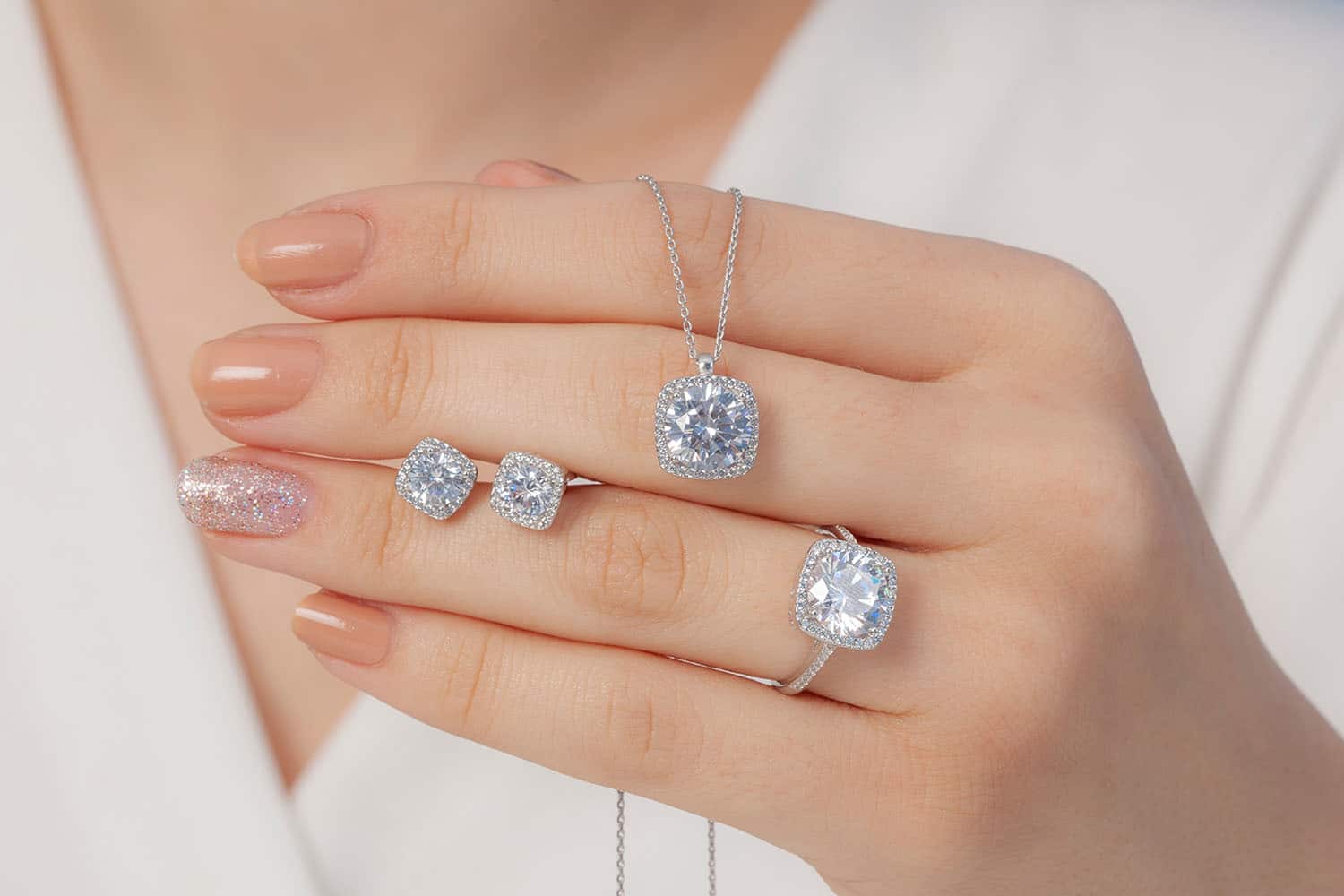The realm of diamonds has witnessed a transformative shift with the advent of lab grown diamonds. These synthetic gems have not only redefined luxury but also sparked intriguing cultural dialogues. Our in-depth examination delves into the multifaceted nature of lab grown diamonds and cultures their profound cultural implications.
Table of Contents
The Rise of Lab Grown Diamonds
The creation of lab grown diamonds involves sophisticated technological processes that mimic natural diamond formation. Unlike mined diamonds, which take billions of years to form under intense heat and pressure, lab grown diamonds are produced within weeks in controlled environments. This method not only ensures a sustainable supply but also offers significant cost advantages.
Technological Advancements in Diamond Synthesis
Two primary methods dominate the production of lab grown diamonds: High Pressure High Temperature (HPHT) and Chemical Vapor Deposition (CVD). HPHT replicates the natural conditions of diamond formation, using high pressure and temperature to transform carbon into diamonds. CVD, on the other hand, involves breaking down gas molecules to deposit carbon atoms on a substrate, building up the diamond layer by layer.
Quality and Characteristics of Lab Grown Diamonds
Lab grown diamonds exhibit the same chemical, physical, and optical properties as their natural counterparts. They are graded by the same standards of the 4 Cs: Carat, Cut, Color, and Clarity. Advances in technology have made it possible to produce lab grown diamonds that are virtually indistinguishable from mined diamonds to the naked eye.
Advantages of Lab Grown Diamonds
Sustainability: Lab grown diamonds have a significantly lower environmental impact. They do not require mining, which often leads to ecosystem destruction, soil erosion, and deforestation.
Ethical Production: These diamonds are free from the ethical concerns associated with conflict or “blood diamonds.” Their traceable origins ensure ethical sourcing.
Affordability: Typically, lab grown diamonds cost 20-40% less than mined diamonds, making them accessible to a broader audience without compromising on quality.
Cultural Impact of Lab Grown Diamonds
The cultural perception of diamonds has been deeply ingrained as symbols of love, commitment, and status. Lab grown diamonds are gradually reshaping these perceptions, offering a sustainable and ethical alternative.
Redefining Luxury
Luxury has traditionally been associated with rarity and exclusivity. Lab grown diamonds challenge this notion by emphasizing innovation, sustainability, and ethical values. As consumers become more environmentally conscious, the demand for sustainable luxury is growing, positioning lab grown diamonds as the future of high-end jewelry.
Bridging Traditions and Modern Values
Lab grown diamonds bridge the gap between traditional sentiments and modern values. While they retain the timeless appeal of natural diamonds, their production aligns with contemporary priorities such as environmental stewardship and ethical responsibility.
Market Trends and Consumer Preferences
The market for lab grown diamonds is experiencing robust growth, driven by changing consumer preferences. Millennials and Gen Z, in particular, prioritize sustainability and ethical sourcing when making purchasing decisions. This demographic shift is influencing the broader market, encouraging established jewelers to incorporate lab grown diamonds into their collections.
Emerging Markets and Global Reach
Lab grown diamonds are gaining traction in emerging markets where consumers are becoming more aware of the benefits. Countries in Asia, Europe, and North America are witnessing increased adoption, reflecting a global shift towards sustainable luxury.
Technological Innovations and Future Prospects
The future of lab grown diamonds is bright, with continuous innovations enhancing the quality and variety of synthetic diamonds. Research in nano-diamonds and other diamond derivatives opens new possibilities in various industries beyond jewelry, such as electronics and medical equipment.
Integration in High-Tech Industries
Diamonds are not only valued for their beauty but also for their exceptional properties, such as hardness and thermal conductivity. Lab grown diamonds are being explored for use in semiconductors, quantum computing, and precision cutting tools, showcasing their versatility and technological potential.
Challenges and Opportunities
While man made diamonds present numerous advantages, they also face challenges such as market perception and regulatory scrutiny. Educating consumers about the benefits and ensuring transparency in the production process are crucial for widespread acceptance.
Regulatory Standards and Certification
Establishing clear regulatory standards and certification processes is essential for maintaining consumer trust. Organizations like the Gemological Institute of America (GIA) and the International Gemological Institute (IGI) are pivotal in providing reliable grading and certification for lab grown diamonds.
Conclusion: The Future of Diamonds
Lab grown diamonds represent a significant advancement in the diamond industry, offering a sustainable, ethical, and cost-effective alternative to mined diamonds. Their cultural impact is profound, redefining luxury and aligning with modern values of environmental and ethical responsibility. As technology continues to evolve, the potential applications and acceptance of lab grown diamonds are bound to expand, heralding a new era in the world of gemstones.





